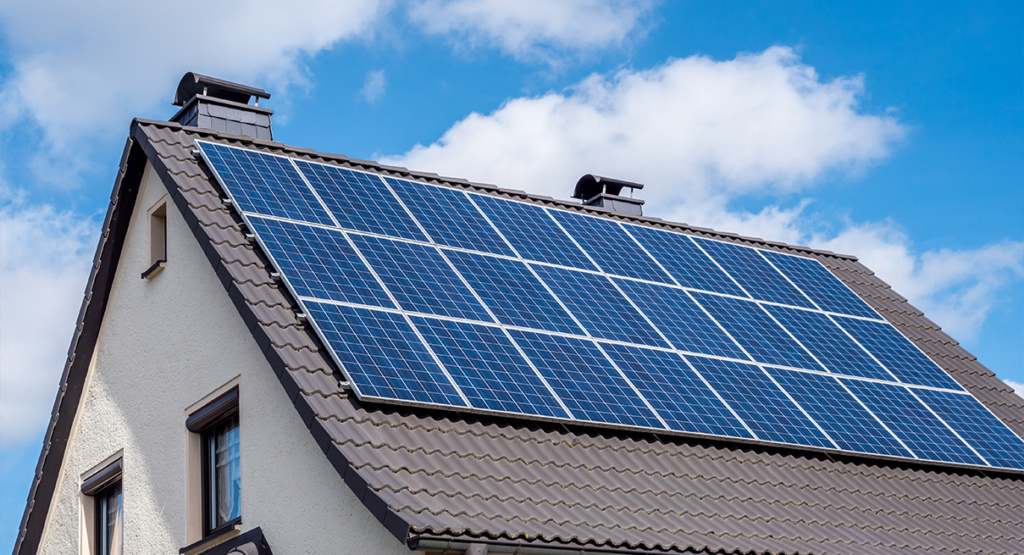How Do Solar Panels Make Electricity?

By Jonny Lupsha, Wondrium Staff Writer
Solar panels convert sunlight directly into electricity, but how? The process involves semiconducting materials and the photoelectric effect. The process was first observed by Heinrich Hertz in 1887.


Solar power seems simple enough to understand if you don’t think about it too hard: Sunlight goes in one end of a solar panel, electricity comes out the other. However, solar power also requires cutting-edge nanotechnologies for certain uses, such as in projects for NASA; technicians are always working on raising solar panels’ efficiency; and concentrator photovoltaic systems are changing the game with reflected and highly focused sunlight.
It may be a good time to brush up on solar energy, especially if you live in Georgia. Hanwha QCells, a Korean solar company, recently announced it would build a $2.5 billion plant outside of Atlanta, bringing 2,500 jobs to the greater metro area. The Seoul-based company made the decision in response to the Inflation Reduction Act, the climate and tax bill passed by President Biden in August.
The process and benefits of solar power are numerous. In his video series The Science of Energy: Resources and Power Explained, Dr. Michael E. Wysession, Professor of Earth and Planetary Sciences at Washington University in St. Louis, details how it all works.
What Is the Photoelectric Effect?
“Photovoltaic panels rely upon a principle of physics called the photoelectric effect, which was actually first observed in 1887 by Heinrich Hertz—for whom the unit of frequency, a Hertz, is named,” Dr. Wysession said. “When light strikes certain metals, electrons are released and become mobile. Well, when any atom absorbs electromagnetic radiation, its electrons jump up into higher energy states in discrete, quantized steps, which is part of the foundation of quantum mechanics.”
Sometimes that energy jump is big enough to free the electron entirely from its atom and flow as part of the current. That occurrence is the photoelectric effect and is a key component of converting sunlight to electricity. However, not all of the energy from sunlight hitting a solar panel gets converted to electricity. A lot of it goes into heat instead.
“The very highest efficiencies are now around 45%, which is really remarkable,” Dr. Wysession said. “Almost half of the sunlight goes into electricity. Better efficiency means less land is needed to supply your needs, but there’s a trade-off with cost. The highest-efficiency panels cost a lot more, and at this point, too much to justify putting on your roof, for example.”
Is Solar Power Affordable?
Fortunately, affordable solar panels can be installed for domestic use. Their solar efficiency can reach about 23%. This sounds like very little, but when used in conjunction with solar batteries to store power, it’s entirely possible to run a home on solar power. What makes these solar panels so affordable? The answer lies partly in what they’re made of.
“These panels are generally made of silicon,” Dr. Wysession said. “Silicon isn’t necessarily the most photovoltaic material, but it was the first material used to make semiconductors, so we know how to work with it. Semiconductors are materials that can behave as either an insulator or conductor, and are the basis of all modern electronics.”
Silicon is also extremely abundant. It’s the third most abundant element within Earth, behind iron and oxygen. Most rocks, according to Dr. Wysession, are silicate rocks, involving silicon and oxygen. The element’s abundance, coupled with improving technologies and decreasing costs, indicate a bright future for solar power.
The Science of Energy: Resources and Power Explained is now available to stream on Wondrium.

